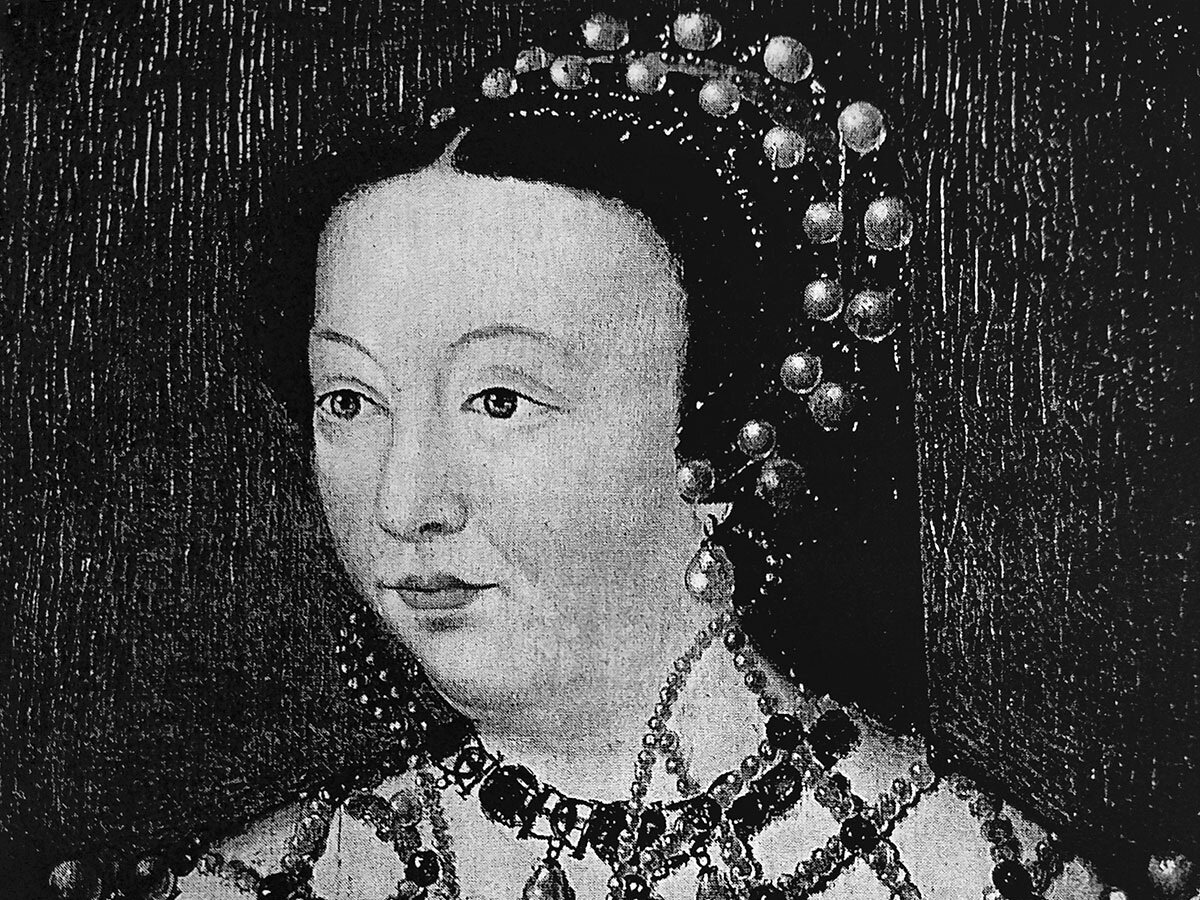
Catherine de Medici
Catherine de Medici had been born 8 years earlier to the grandson of Lorenzo the Magnificent. She had become an orphan at the age of 3, when both of her parents were stricken by the fever. As a result, she was raised by her grandmother Alfonsina, and when Alfonsina died she was given to Lorenzo's surviving great-aunt Lucrezia and her aunt Clarice. It was Clarice who would save Catherine from the invading mob in 1527.

Copernicus
Copernicus was born on February 19, 1473, in Torun, Royal Prussia, in the Kingdom of Poland. His father was a merchant and his mother was the daughter of a merchant. Copernicus was given the name Mikolaj Korpernik at birth. Today he is known by the Latin version of his name.
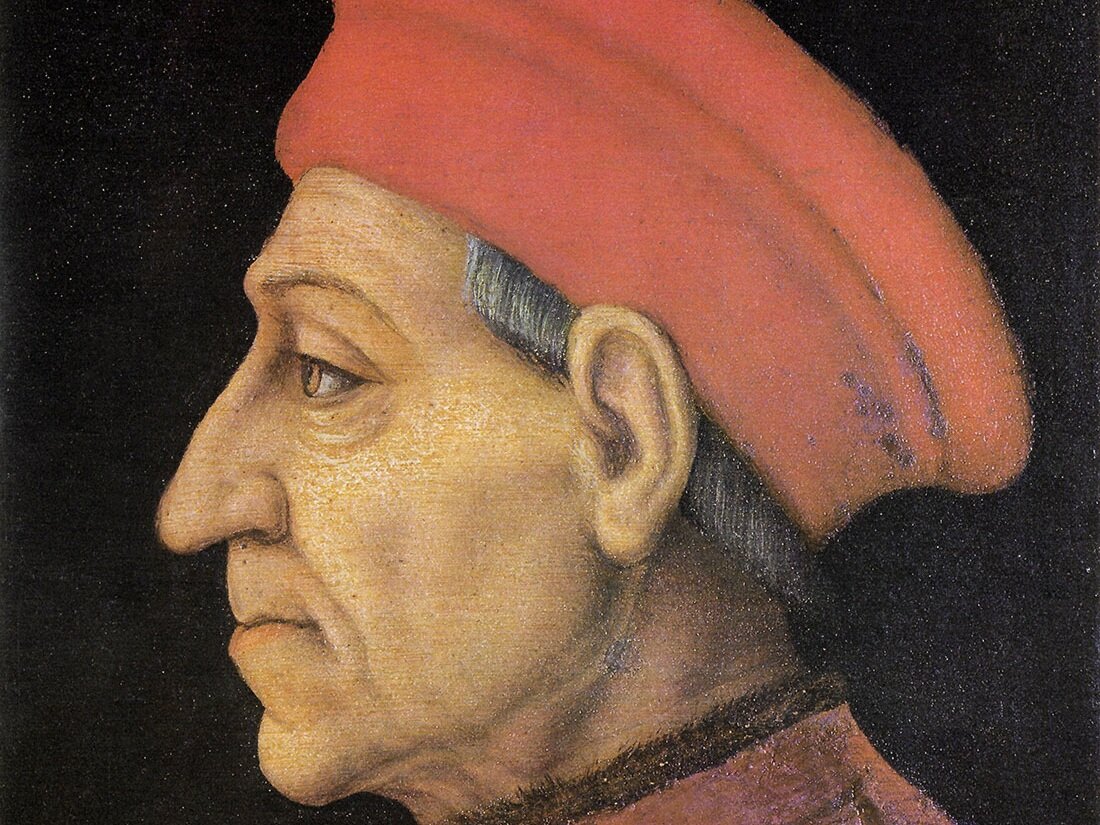
Cosimo de Medici
Cosimo de Medici was born in Florence, Italy, on September 17, 1389. His father Giovanni was a successful banker, and Cosimo would learn the business from him. As a young man Cosimo ran wild, impregnating a Cirassian servant who left him with an illegitimate son. Eventually, he would settle down and become a hardworking businessman. Cosimo married the Contessina de Bardi, and they had two sons named Piero the Gouty, and another named Giovanni.
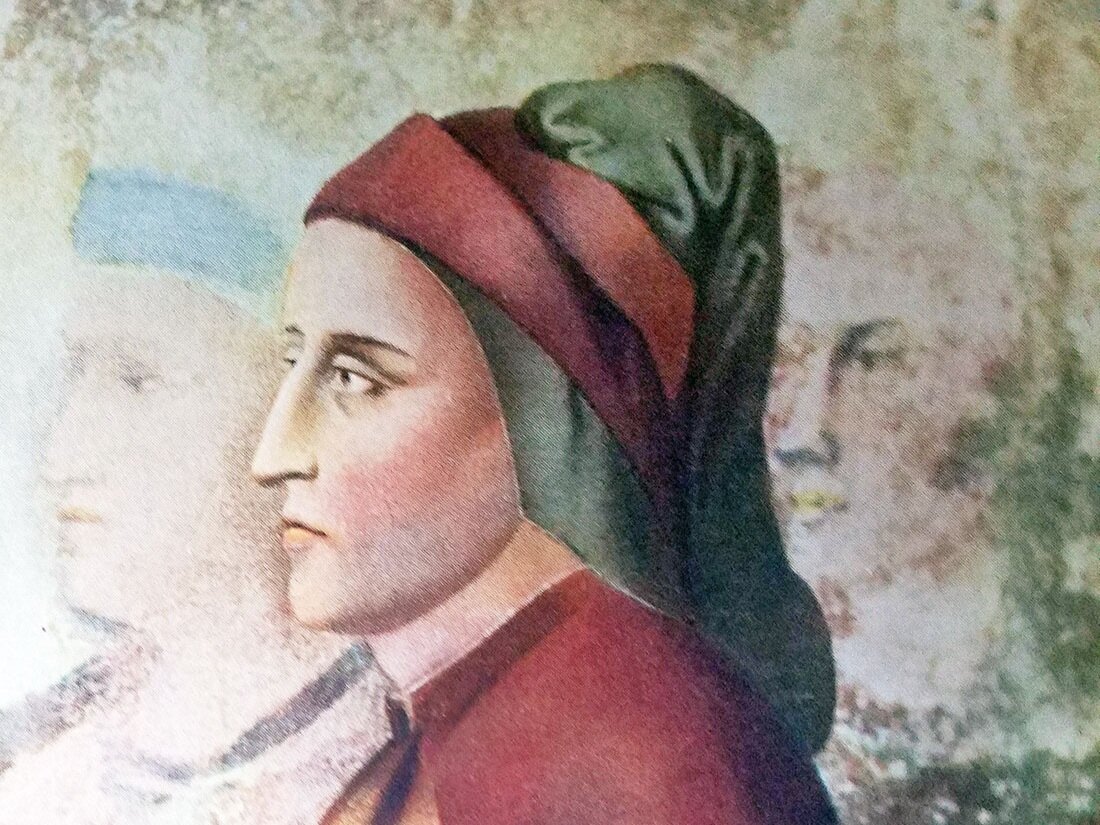
Dante Alighieri
Dante Alighieri was the greatest of the Italian poets. His Divine Comedy has long been considered the greatest Italian literary work ever. Dante was fortunate to be born in Florence, Italy, which would become the heart of the Renaissance.
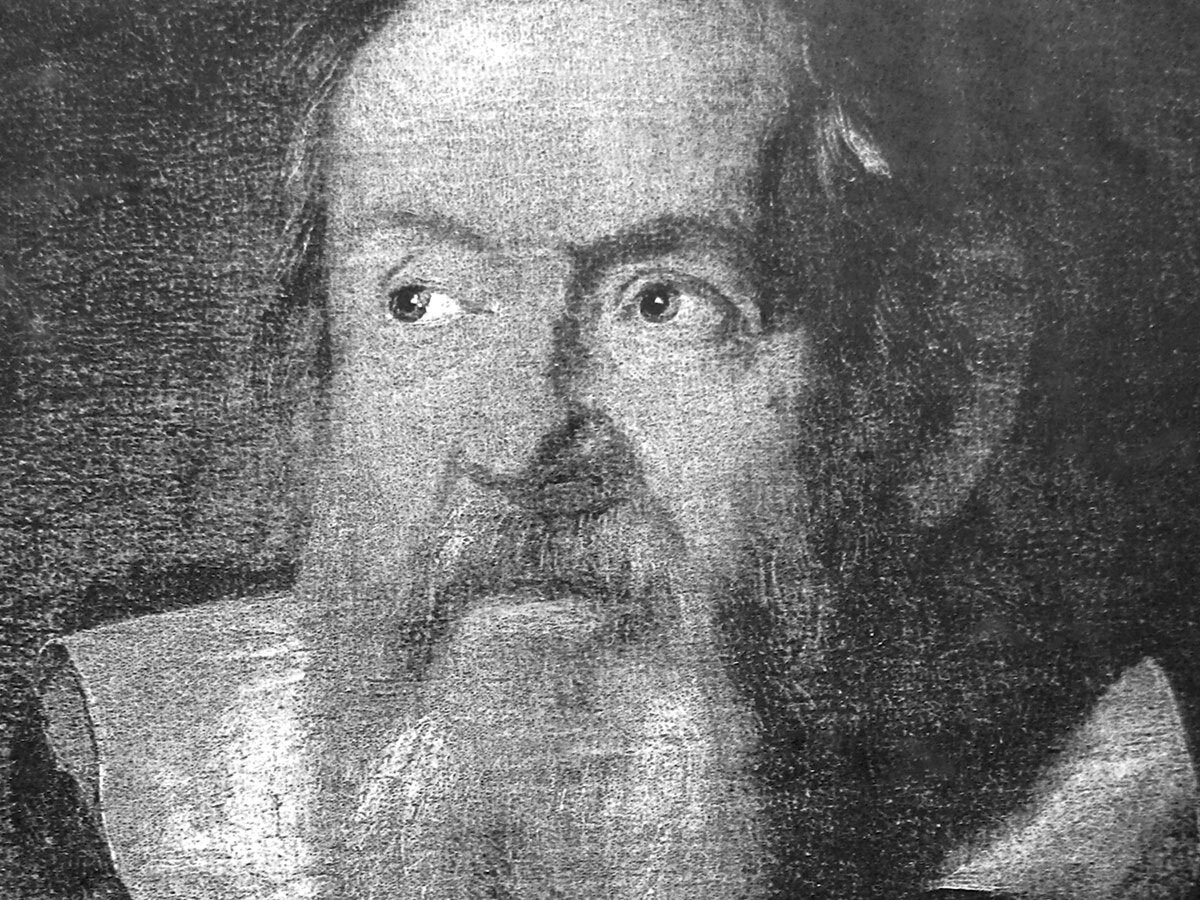
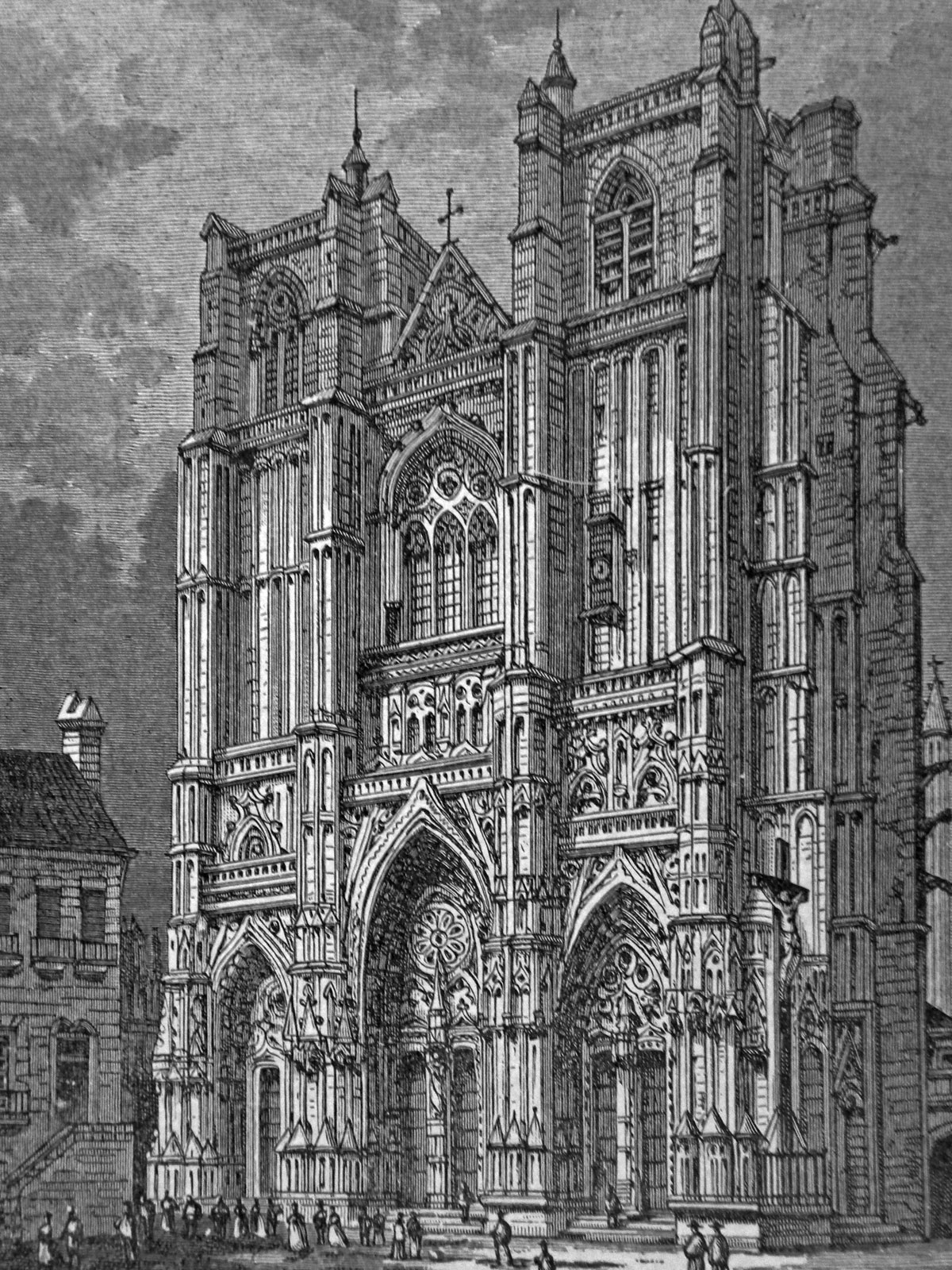
Great Schism
Prior to the 16th century, the Catholic Church was the most powerful institution in Europe. During this time period the church played an important role in everyone's life, because the Catholic Church was very wealthy and the largest landowner.
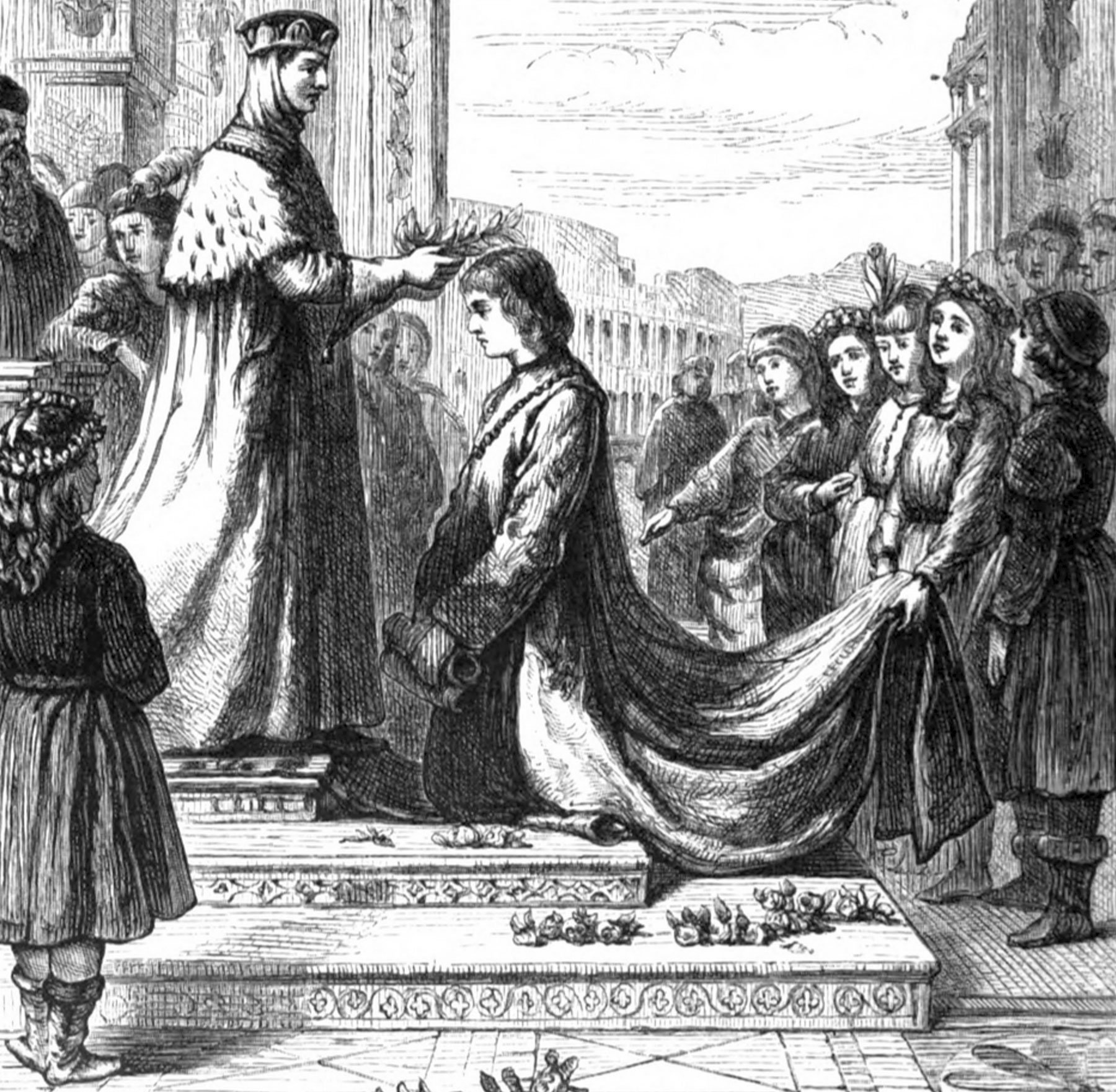
Humanism
Francesco Petrarch (1304-1374) is considered to be the father of Humanism. He spent most of his life studying Cicero and ancient Roman manuscripts. Francesco restored the study of classical Latin and Greek. During Medieval Europe the only education available was from the Church. At the time, all education centered on the Scriptures and their interpretation by Christian theologians. Under the leadership of Petrarch, that all changed. The Italian Renaissance now had a new educational model.
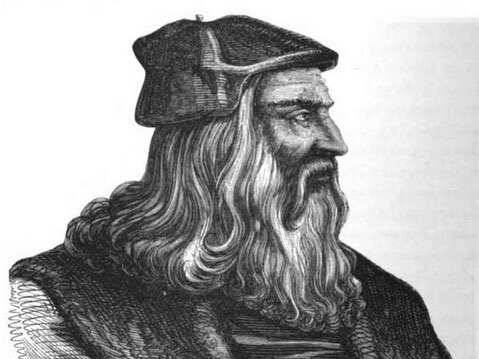
Leonardo da Vinci
Leonardo Da Vinci was born in the small Italian village of Vinci in 1452. He was raised by his grandparents, and when he was very young he displayed a remarkable ability to solve complex mathematical problems. At the age of 14, his father took him to Florence to study under the great artist Verrocchio. Verrocchio was a master painter, sculptor, and goldsmith. Immediately, he was amazed by Leonardo's ability to capture life on canvas.
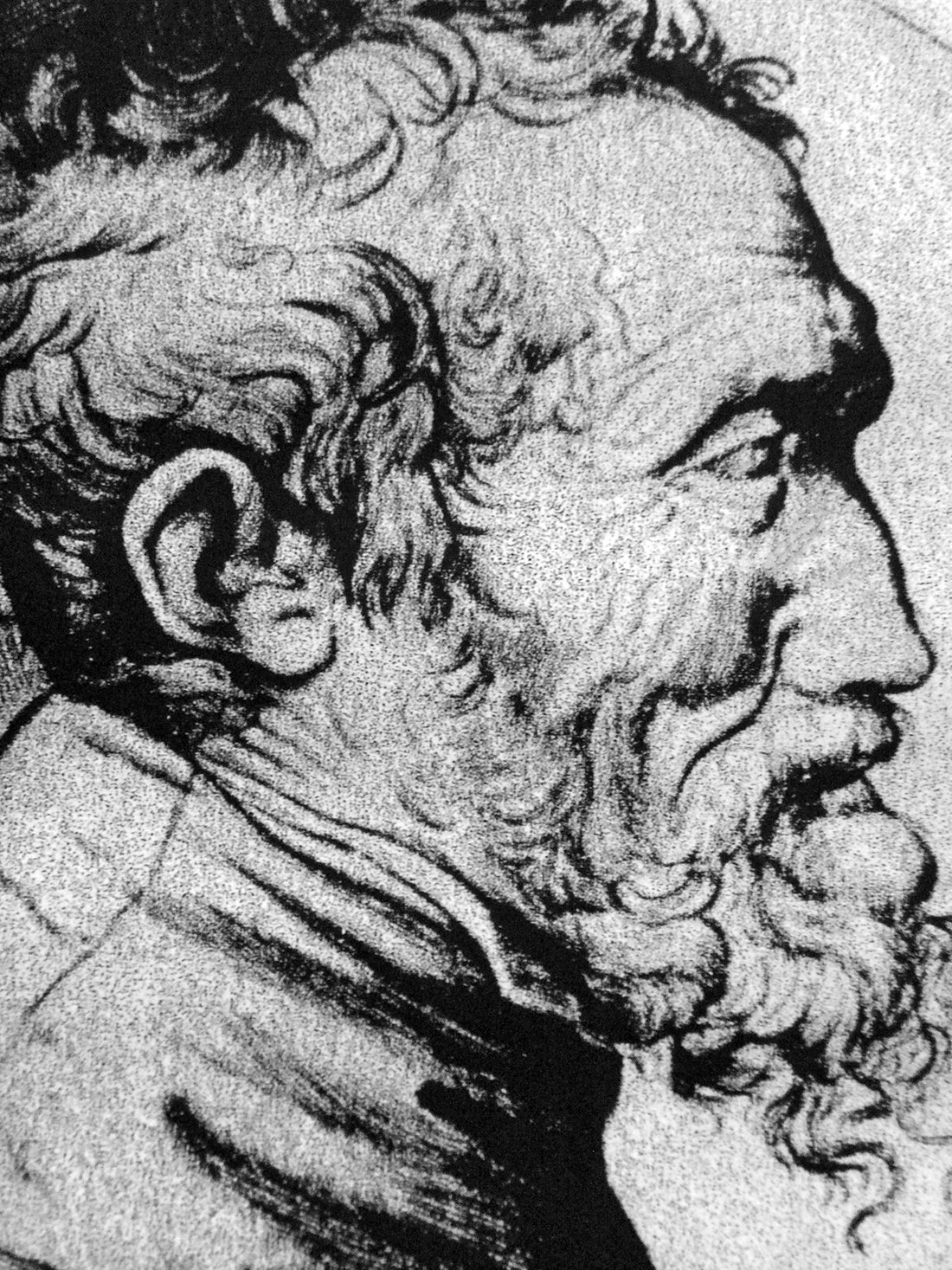
Michelangelo
At the age of 13, Michelangelo became an apprentice for the great fresco painter Ghirlandaio. Ghirlandaio had the largest studio/workshop in Florence. Soon afterward he gave Michelangelo a paid position.
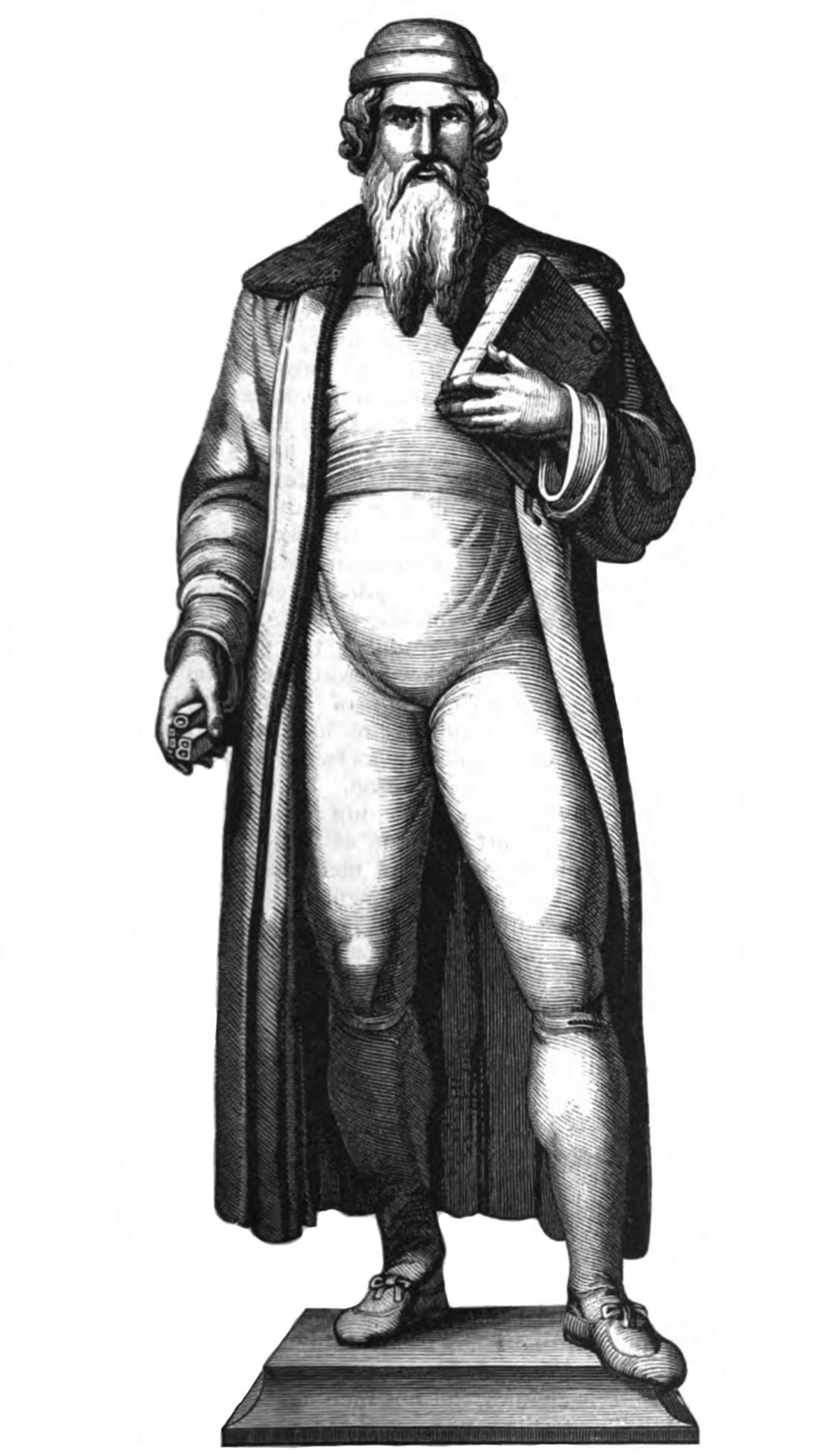
Printing Press and the Gutenberg Bible
Before the invention of the printing press, the only way you could obtain a copy of a written work was to copy it yourself or hire someone else to copy the manuscript. At the time, most of the written text available was religious in context, and it had been copied by scribes in monasteries. These books, which were labor intensive, were very expensive.
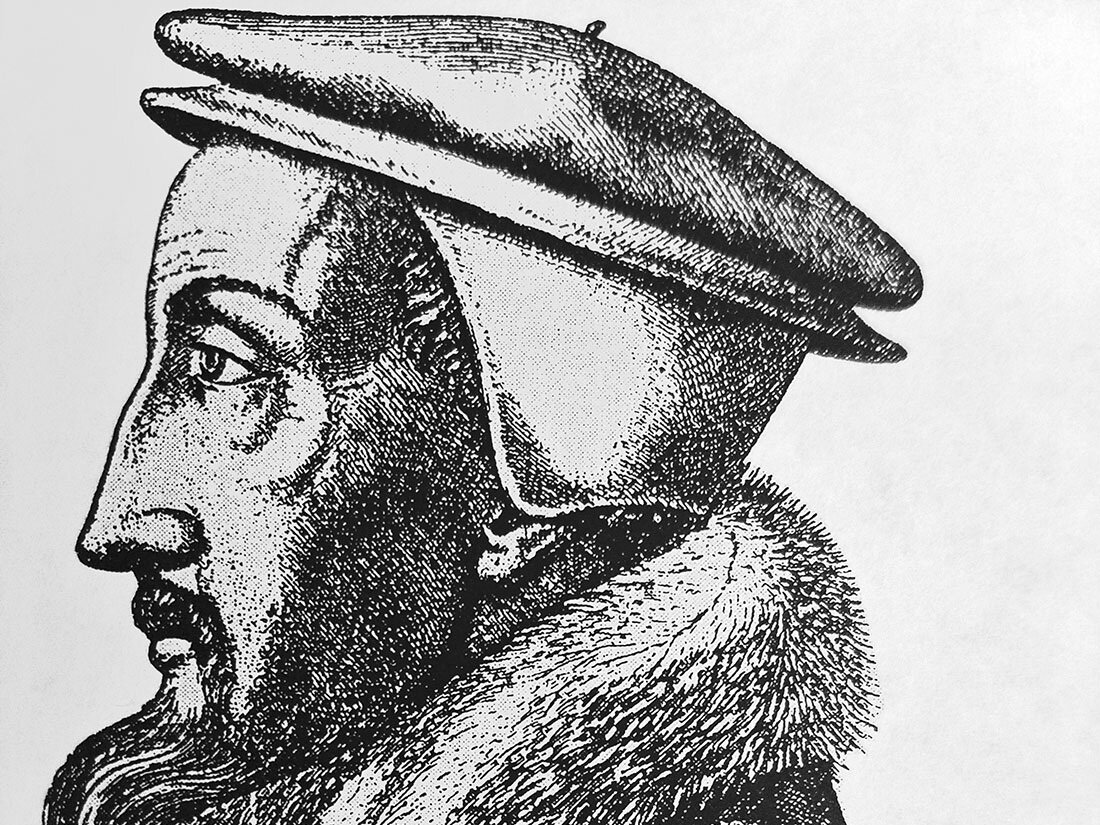
Reformation
In 1517, Pope Leo needed money to rebuild St. Peter's Church in Rome. He authorized a monk named Johann Tetzel to travel throughout Germany selling indulgences. This angered Martin Luther, who responded by writing his “95 Theses” (statements). His Theses outlined everything that was corrupt about the Catholic Church. Luther nailed the document of the front door of the to the Wittenburg Church.

Renaissance Families
Renaissance merchants, bankers, and shippers lived better than anyone had ever lived before them. Their homes became showplaces where they could display their financial success. It was not uncommon for these homes to be 3 and 4 stories high.
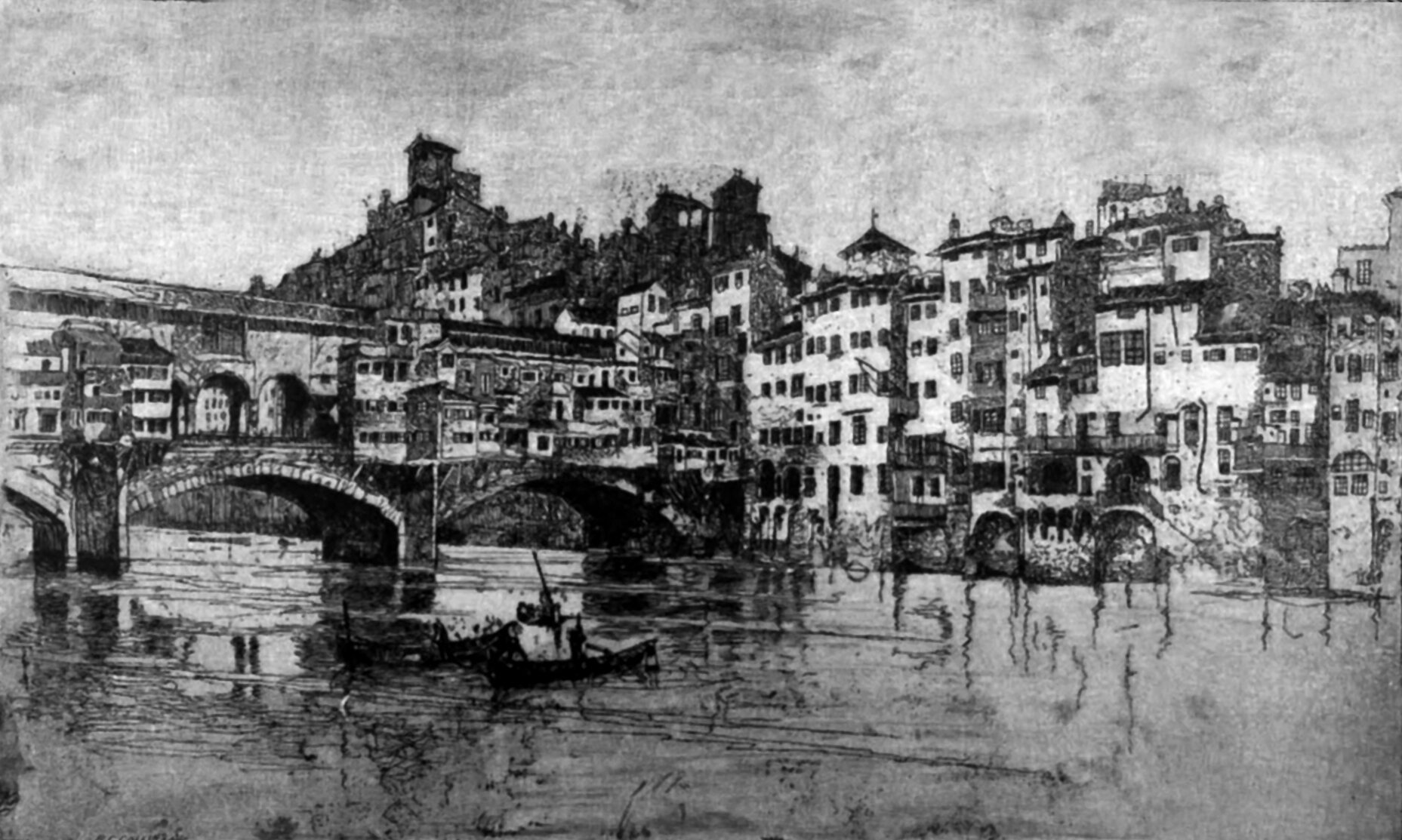
Renaissance Florence, Italy
In the 15th century Florence was one of the largest and most prosperous cities in Europe. It was also the center of the Italian Renaissance. They population was very prosperous due to trade, commerce, and their close proximity to the Middle East. At the time, the Bubonic Plaque or Black Death had reduced the population of the city dramatically, however in 1400 it still had a population of between 70,000 and 100,000.
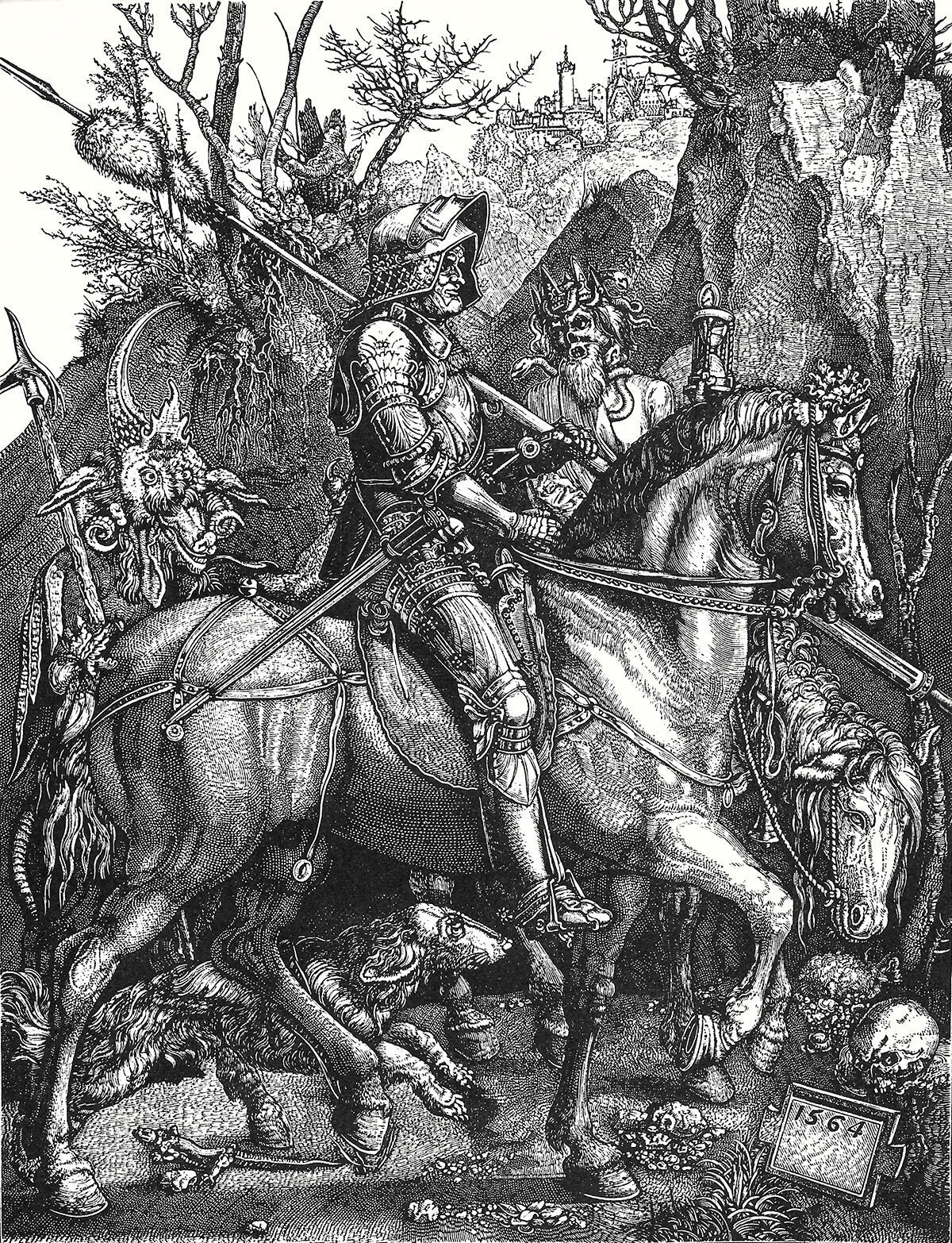
Renaissance Religion Wars
There had been earlier attempts to reform the Catholic Church before the arrival of Martin Luther, John Calvin, and Huldrych Zwingli. However, it was Martin Luther’s “The Ninety-five Thesis,” and the invention of the new Gutenberg printing press that made the difference. The new press quickly spread Luther's ideas to the mass public. Martin Luther started his assault by attacking the selling of indulgences or pardons from purgatory.
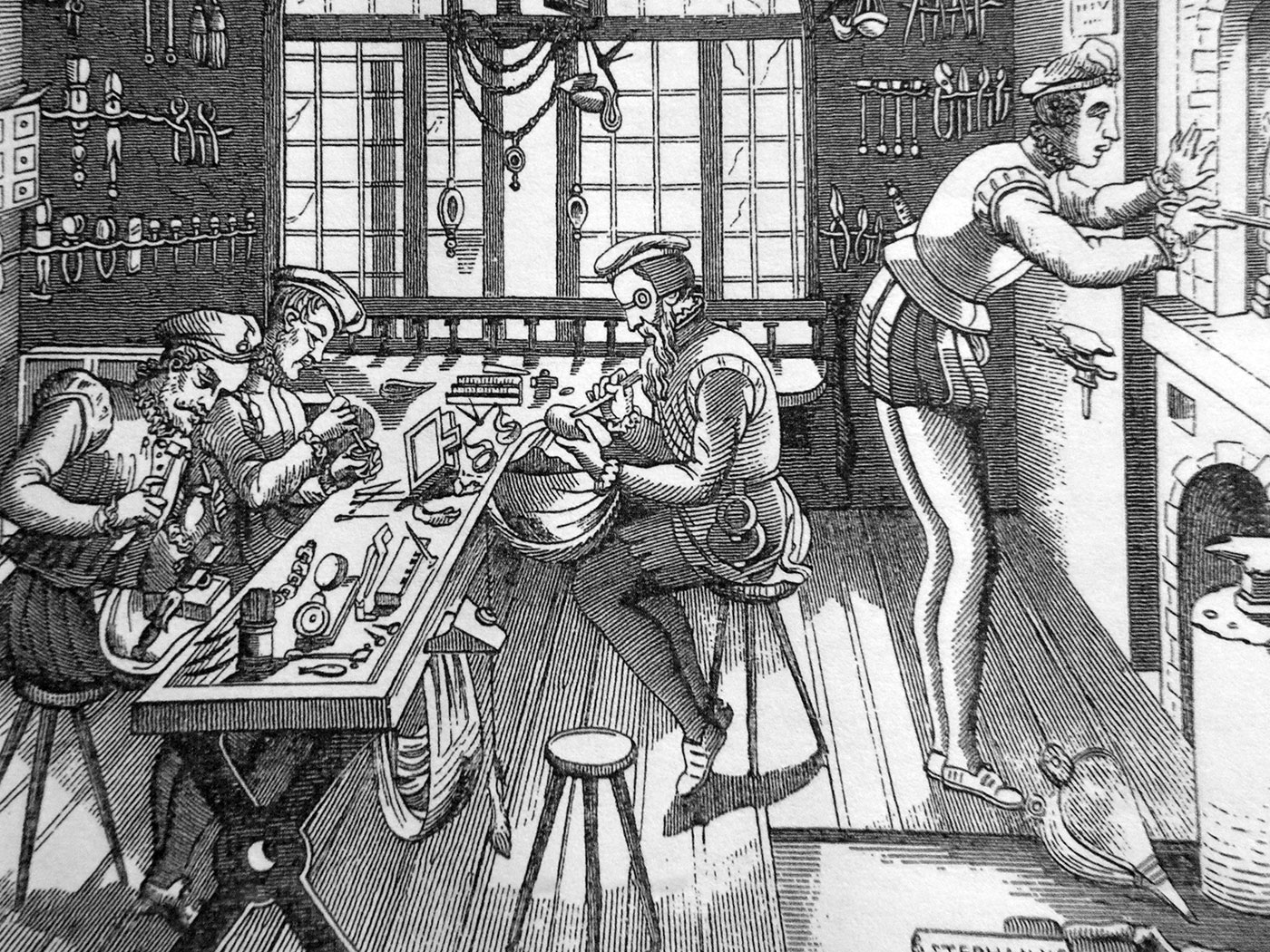
Renaissance Trade
Trade became very important during the Renaissance because Italy had few natural resources. During this time period there was a great demand for products that were not produced in Italy or were produced in insufficient quantities. The most important commodity at this time was grain, and there were always grain shortages.
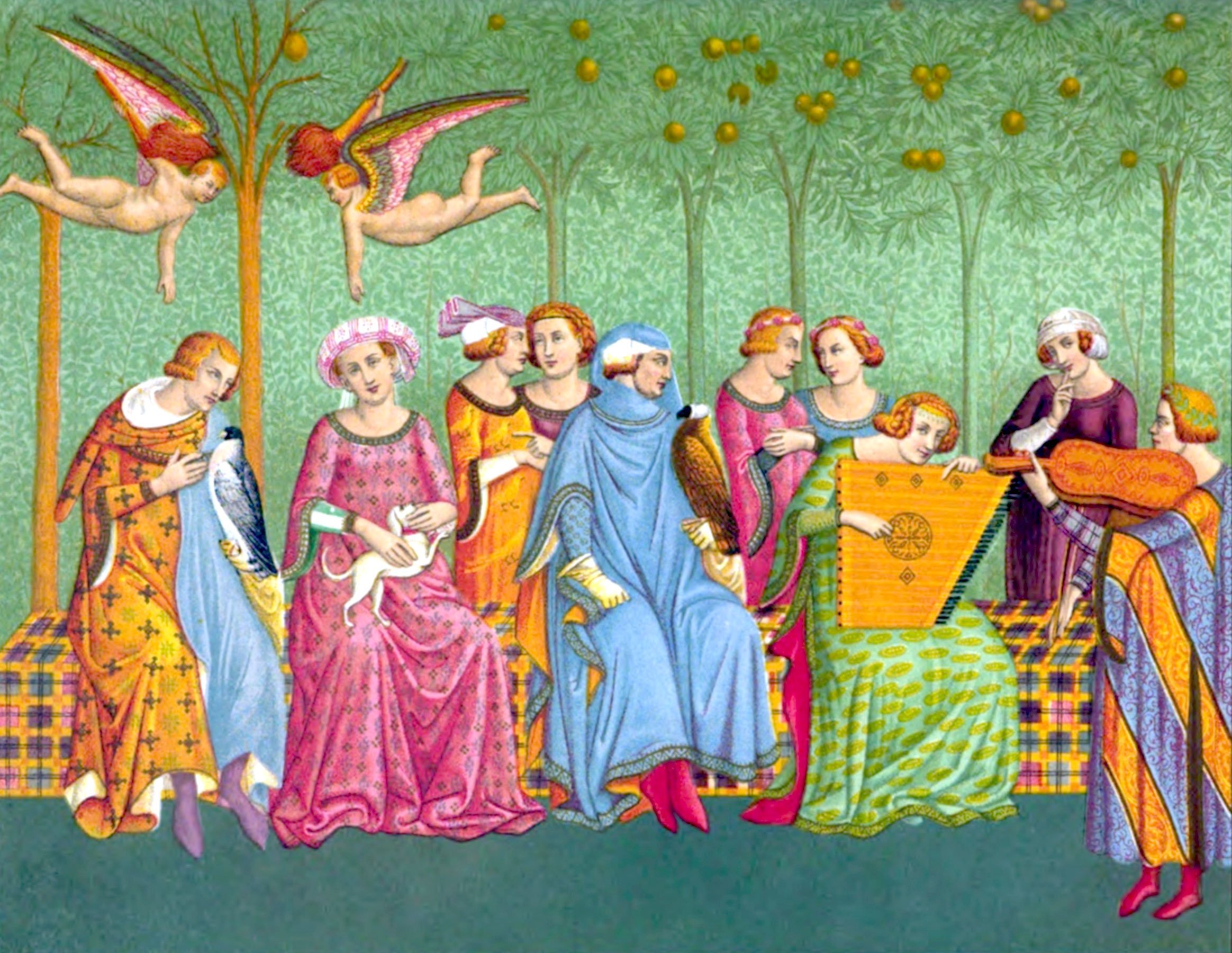
Renaissance Women
During the Renaissance the majority of women were peasants. At this time, all women were perceived by men to be inferior both intellectually and physically. This ideology would be proven incorrect after several women rulers proved themselves to be equal to men rulers. Many of these women leaders could speak Latin, were highly educated, and trained in the fine arts.
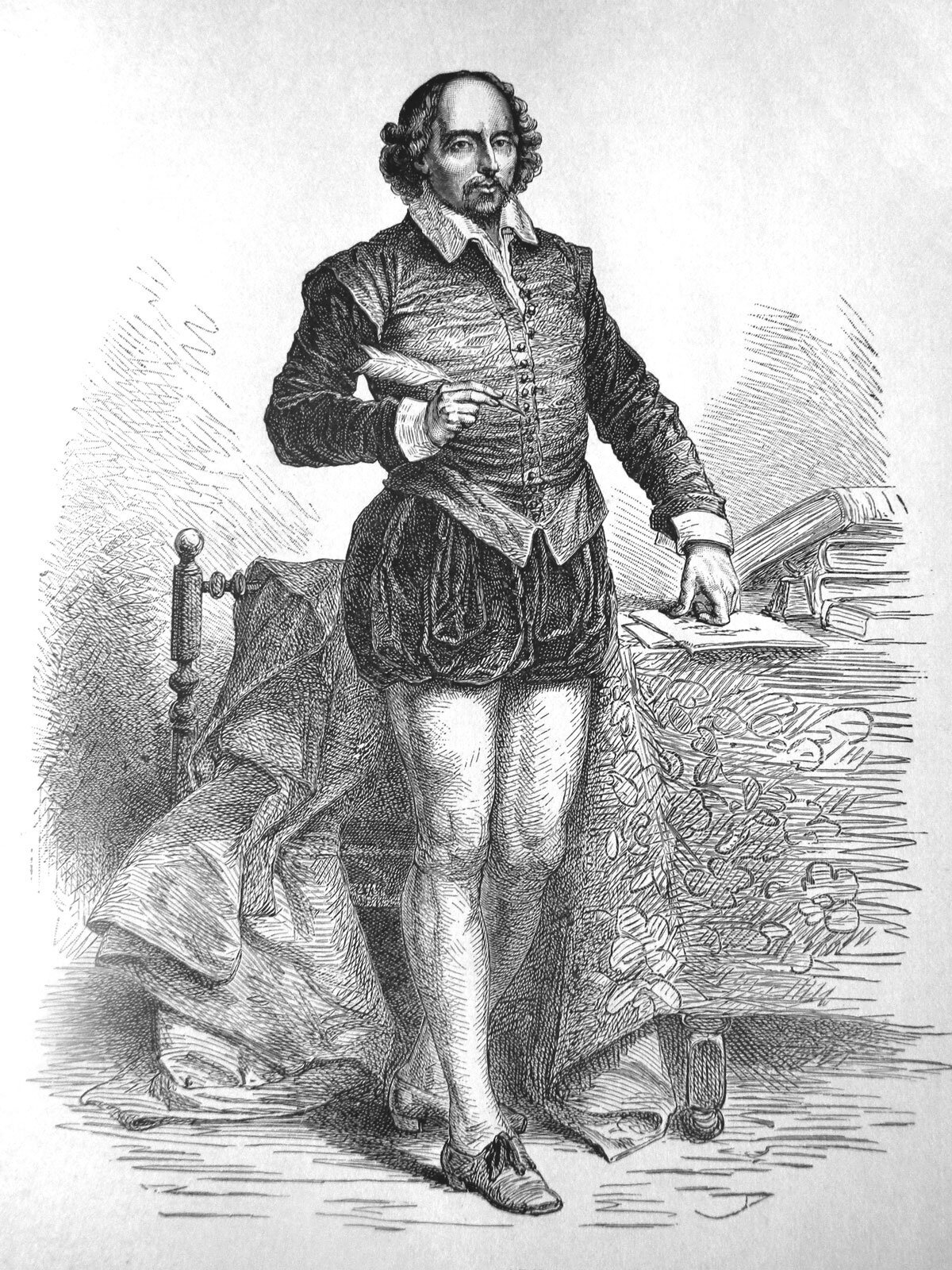
William Shakespeare's Biography
At the age of 18, he married Anne Hathaway, who was eight years older. They would three children before he was 21. In order to provide for his large family William chose to earn his living in the theater. Not only did William act, but he wrote scripts.
